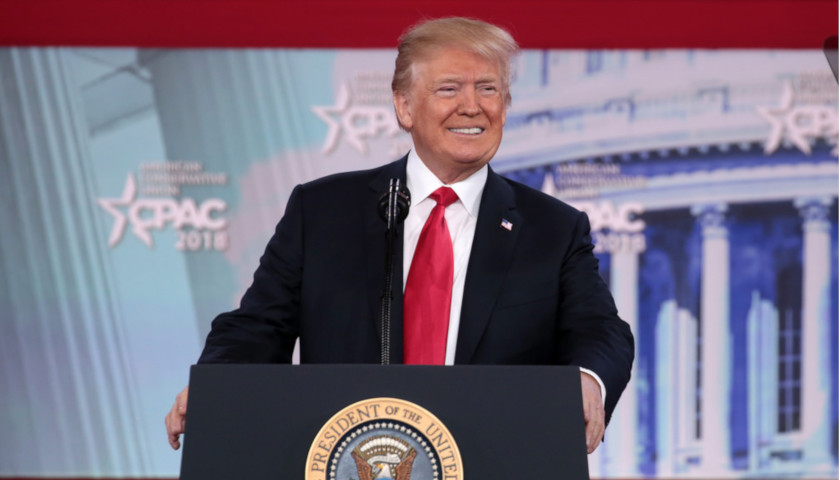by Robert Romano
The national debt, now $22 trillion, grew by almost $1.5 trillion in 2018 as spending in Washington, D.C. continues to outpace the growth of the economy and revenues.
Since 1980, the U.S. national debt has grown an average of 8.8 percent every fiscal year, but during that same period, the U.S. economy has only averaged 5.4 percent growth economic nominally before adjusting for inflation.
As a result, the debt is now 105 percent of the economy. And if those trends were to continue, the debt will top $100 trillion in 2037, and exceed 193 percent debt to GDP.
It’s not something that pleases me to report. I surely hope I am wrong.
But even if it only grew by 7 percent, as it did last year, that still would ratchet the debt to more than $78 trillion by 2037.
In plain terms, that is simply unsustainable and yet a very predictable outcome if Congress cannot get its act together.
Making matters worse, it appears likely they will not get the fiscal house in order — and economic growth will be nowhere near 5.4 percent nominal, annual growth.
One of the reasons for the steady growth of the debt is that two-thirds of the federal budget operates on autopilot — that is, the spending is baked into the laws Congress has already passed, defining expenditures on the basis of eligibility rather than having annual appropriations votes on spending.
Put another way, Congress could pass no spending bill for the upcoming fiscal year, resulting in a partial government shutdown in October, and the vast majority of the spending would continue unabated.
As a result, there is no imminent reason for Congress to ever address the two-thirds of the budget operating on autopilot since no action is needed in order to continue spending. So, what’s the most likely outcome?
Congress will continue to address the budget almost exclusively via the discretionary spending process. They’re not going to address Social Security, Medicare, Medicaid, food stamps or anything else in any meaningful way that would result in expenditures slowing.
With that in mind, Congress ought to take a good look at the budget President Donald Trump and the Office of Management and Budget have come up with. Over ten years, it would cut overall spending by $2.7 trillion and bring the budget towards balance within 15 years.
It doesn’t necessarily get the U.S. where it needs to be immediately, but Congress has to start somewhere. It’s certainly better than doing nothing. Even those modest cuts Trump is proposing would go a long way to helping get the debt under control.
There is reason for concern. The White House’s economic assumptions in the budget are actually very optimistic, projecting 5.2 percent nominal economic growth for 2019, or 3.2 percent when adjusted for inflation. It does not forecast any recessions in the next decade.
But as of this writing, the Atlanta Federal Reserve’s GDPNOW estimate is only forecasting an annualized, inflation-adjusted growth rate of 0.4 percent in the first quarter. If that’s what the number comes in at, it will require much higher growth later in the year, making it extremely difficult to get to 3.2 percent for the year.
The reason the national debt keeps growing faster than the government usually projects is because once every seven years or so the economy does get a recession. It throws all the projections off.
And to the extent OMB is wrong about economic growth in 2019, so too will its estimates of revenue likely be off — which will factor heavily into how much the debt grows. That’s just the way it works. We’d like very much to grow the economy out of this fiscal pit, but every year we don’t it gets that much harder. And Congress isn’t doing much to help the situation.
– – –
Robert Romano is the Vice President of Public Policy at Americans for Limited Government.
Photo “Donald Trump” by Gage Skidmore. CC BY-SA 2.0.




